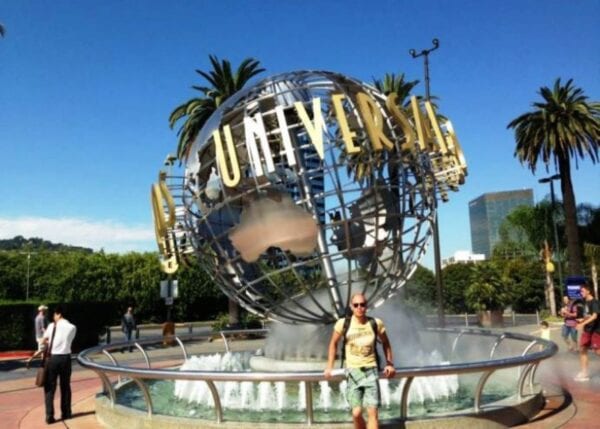 18, Июнь, 2015
18, Июнь, 2015Doinkovsky complex Huaca Rajada
As a rule, we perceive the history of South America, associated with names such as Christopher Columbus, Fernando Cortez and the Mayan and Inca. However, the history of South America, and had dokolumbov period when the area was inhabited by tribes and nations, which formed not only the city but the whole empire with its own culture and a long history.

To those phenomena human history can be attributed to the opening of the whole archaeological complex of Huaca Rajada, which, according to many modern historians and archaeologists may well be equated to the excavation of the tomb of Tutankhamun.

Pre-Columbian archaeological complex was opened in 1987, when a small group of Peruvian archaeologists survey produced excavations on the north coast of Peru near the city of Chiclayo. On a small plateau, located 35 kilometers from Chiclayo, archaeological Party, led by Dr. Walter Alva archeology, came across a largely intact tomb of a Moche rulers doinkovskoy so-called Sipan.

In his later years, but it was more than 1,700 years ago Sipan Huaca Rajada rules, for not much more than forty years among his subjects compared with a demigod. According to historical records of such honor Sipan earned thanks to his ability as a statesman, military leader and a fair judge. Based on this, his tomb Sipan contains all symbols of wealth and power that he owed in life. This richly decorated in gold, and precious stones in the shape of magnificent necklaces, breast plates, rings, bracelets and necklaces.

It is worth noting that the tomb of Sipan was so unique that its safety, on the initiative of the Government of Peru, close to Chiclayo, where the tomb was found in the city Lambayke in 2002 was built a special center for the study of the Royal Tombs of Sipan, which consists of indoor facilities and the availability of a special microclimate.











